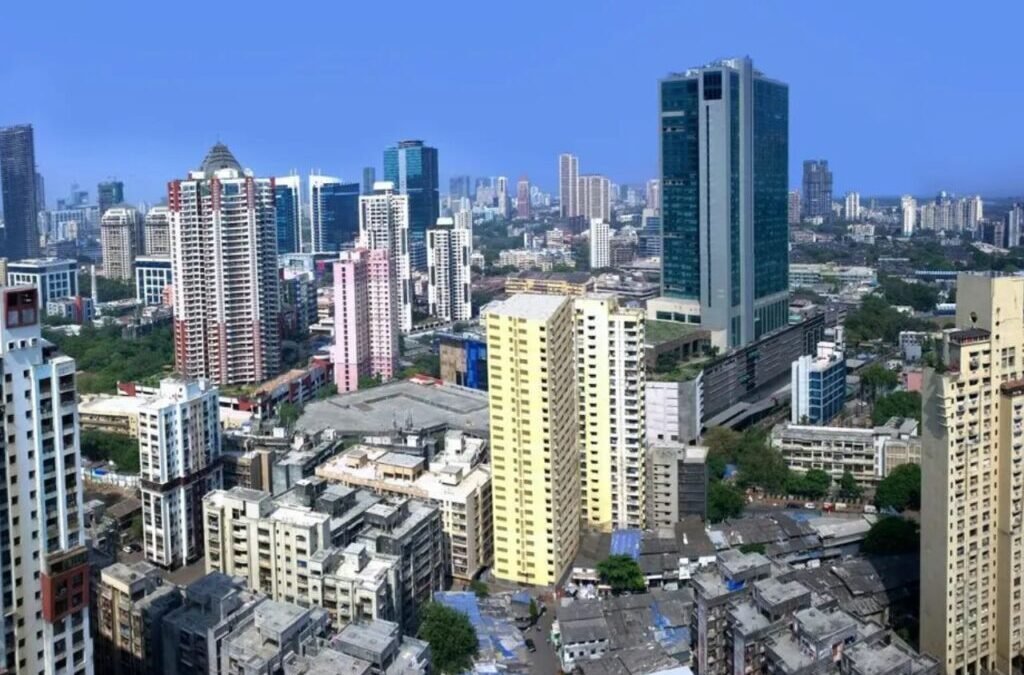Synopsis: India’s tier-II cities are emerging as the new frontier for global capability centers. As metro cities are growing more expensive, Tier 2 cities are offering attractive opportunities to launch GCC hubs there.
GCCs are a corporate entity where multinational companies create offshore hubs for critical functions such as IT, finance, analytics, HR, and R&D. GCC is entering into tier 2 cities to reduce costs in terms of talent acquisition, cost of living, infrastructure, and government support. This will boost its economy.
Top 6 Tier 2 GCC Growing Cities
1. Coimbatore
- No. of GCC: 25+
- Sectors: IT (Cognizant, Bosch), Engineering, Manufacturing
2. Kochi
- No. of GCC: 20+
- Sectors: IT/ITeS(EY, Allianz, IBM, Nissan Digital)
3. Ahmedabad
- No. of GCC: 15+
- Sectors: FinTech, Semiconductor(Infineon, TCS, Technip Energies)
4. Indore
- No. of GCC: 10-12
- Sectors: Technology, BFSI (Infosys, Persistent Evalueserve)
5. Jaipur
- No. of GCC: 8-10
- Sectors: IT and e-commerce(Genpact, Deutsche bank)
6. Lucknow
- No. of GCC: 8-10
- Sectors: IBM, Deloitte, TCS, HCL Tech
| Cities | Number of GCCs | Key features |
| Coimbatore | 25+ | IT(Cognizant, Bosch),Engineering Manufacturing |
| Kochi(Infopark) | 20+ | IT/ITeS(EY, Allianz, IBM, Nissan Digital) |
| Ahmedabad | 15+ | FinTech, Semiconductor(Infineon, TCS, Technip Energies) |
| Indore | 10-12 | Technology, BFSI (Infosys, Persistent Ebalueserve) |
| Jaipur | 8-10 | IT and e-commerce(Genpact, Deutsche bank) |
| Lucknow | 8-10 | IT services( IBM, Deloitte, TCS, HCL Tech) |
Also read: Top High-End Residential Projects Redefining Luxury in Bangalore 2025
Why GCCs are Choosing Tier 2 Cities?
- Talent Availability: Coimbatore, Kochi, Indore, Lucknow, etc., come with good talent supply of engineering and IT graduates and enjoy relatively low attrition rates (10–15% lesser than in metros).
- Better Retention: Because of the great work-life balance and cost of living, employees in these cities have higher retention rates and productivity.
- Government Incentives: State-specific GCC policies, such as those in Uttar Pradesh and Gujarat, extend subsidies, tax exemptions, and infrastructural support.
- Infrastructure & Connectivity: Quick digital and physical infrastructure upgrade, such as 5G and smart city projects, has come to modern IT parks, making Tier 2 cities globally competitive.
- Resilience & Risk Diversification: Firms diversify across. Government Schemes and Support for GCCs tier 2 cities
Government Schemes and Support for GCCs tier 2 cites
- Tax Incentives: Most states have been offering income tax exemption, capital subsidy, and stamp duty exemption. For instance, Gujarat’s GCC policy for 2025-30 offers exemptions and subsidies to attract an investment of ₹10,000 crore with the addition of 50,000 jobs.
- Land and Infrastructure Subsidies:Subsidized land is provided by some states such as Uttar Pradesh and Gujarat, or there is monetary support for the building of state-of-the-art IT parks and office complexes.
- Financial Support & Subsidies:A number of these states fund initiatives to upskill local talent and provide direct financial incentives, such as payroll subsidies of up to ₹1.8 lakh per employee.
- Skill Development & Training: Programs such as Uttar Pradesh’s AI Pragya seek to teach 10 lakh people data analytics, cybersecurity, and artificial intelligence. This will guarantee the GCCs a consistent flow of highly qualified personnel.
- Ease of Doing Business: States are streamlining approval processes, and reducing bureaucratic hurdles, so no more delay on passing legal paper for doing business in tier 2 cities.
- Special Economic Zones & Tech Parks: In tune, the development of special economic zones and tech parks, such as GIFT City in Ahmedabad, Infopark in Kochi, and Smart Cities projects in Lucknow and Bhubaneshwar, is what enables world-class infrastructure with good connectivity.
YoY-Year Growth Metrics
1. Hiring and Employment Growth
Hiring in GCC, Tier 2 cities note 21% year-on-year growth in 2025, far outpacing the 11% growth in metro cities. While Kochi, Coimbatore, Ahmedabad, Indore, and Jaipur recorded 8-9% quarter-on-quarter growth. And with demand concentrated in AI and data-8% uplift-platform engineering, cloud, and FinOps-6% rise-and cybersecurity roles.
2. Market Share Expansion
While 5% of GCCs were in Tier 2/3 cities in FY2019, this number increased to 7% by FY2024 and is projected to be at 15-20% by 2025 and 25-30% y-o-y growth thereafter
3. Real Estate and Office Leasing
GCC leasing in Tier 2 cities almost doubled in FY25, their share surging from 7% in FY24 to around 15-20% in FY25. This force could propel the share to 30% in the near future, with more than 140 new GCCs likely to be set up in Tier 2 and Tier 3 cities in the next five years. Progressive state-level policies and competent talent resources will help GCCs scale at a phenomenal pace in emerging cities like Thiruvananthapuram, Visakhapatnam, and Chandigarh.
4. Greenfield GCC Expansion
India saw the setting up of over 140 new greenfield GCCs in the last 30 months and created more than 70,000 jobs. Geographical dispersal has become very striking, with the emergence of new hubs at Lucknow, Ahmedabad, and Kochi, in addition to the traditional hubs.
Future Growth of GCCs
The GCC industry of India will mark an increase from USD 64.6 billion in 2024 to USD 100–110 billion by 2030, accounting for almost 5% of India’s GDP. Overall, their number will increase from 1,800+ to more than 2,200–2,500 GCCs by 2030. The workforce will be expanded from about 2 million to 2.8–3 million professionals, with 6 to 8 million additional indirect jobs. More than 30% of the new GCCs would come up in Tier 2 cities such as Ahmedabad, Kochi, Lucknow, and Coimbatore. GCCs are actually shifting focus away from cost savings to innovation, digital transformation, AI, and global product engineering.
Written by Yatheendra N
The post Top 6 Tier 2 Cities in India Emerging as GCC Hotspots appeared first on Trade Brains.

